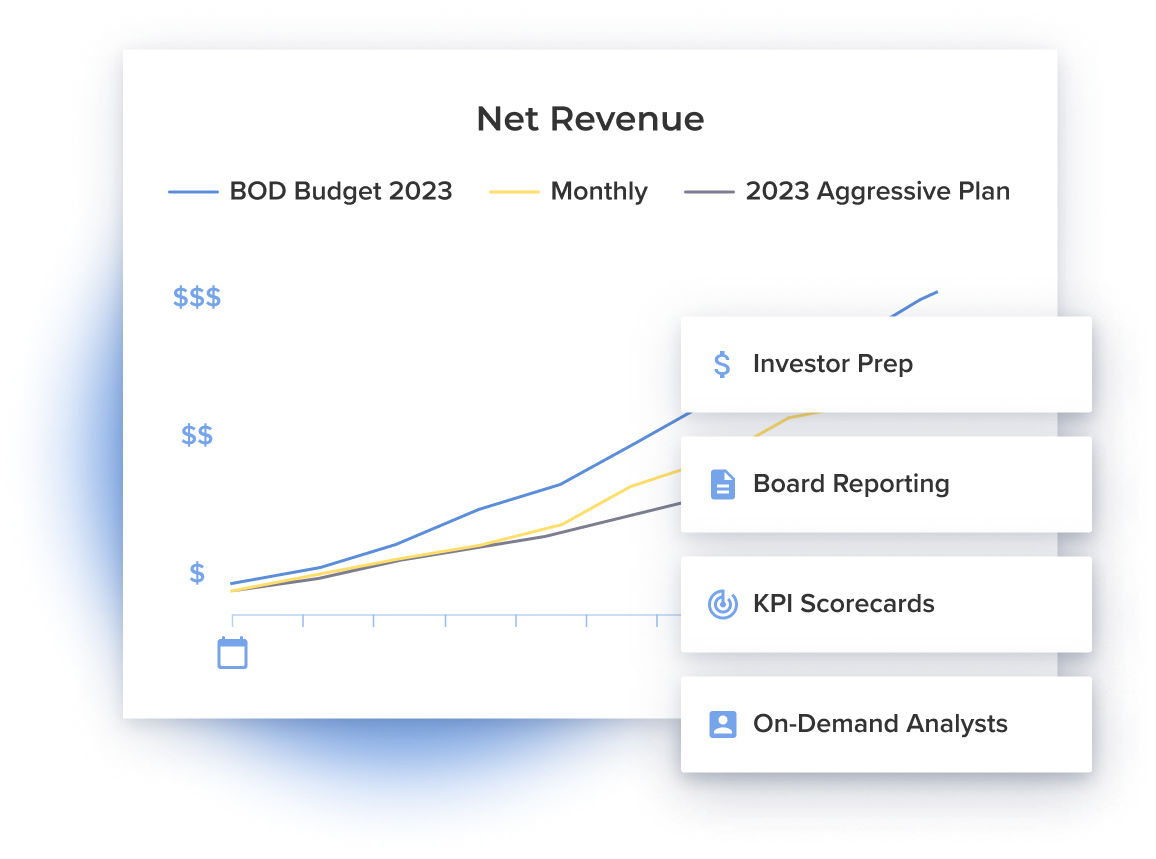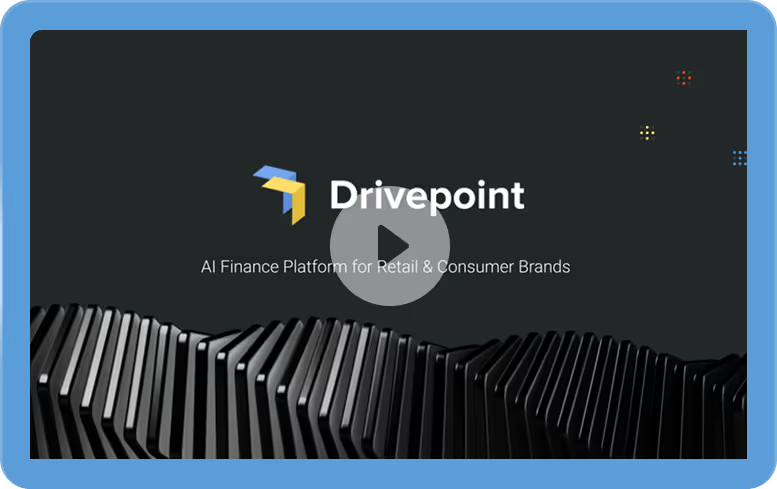POD: Looking to Sell Your Brand Someday? Here’s How to Get the Best Outcome


Editor’s Note: This article was inspired by an interview with James Cartales of Cascadia Capital. Check it out below, or find it through your favorite streaming service
Shifting macro trends obviously impact your outcome should you wish to sell. This podcast and article will help you understand what buyers seek, and explain how to prepare your business to get the best possible outcome when you want to sell.
What factors drive the M&A market?
Even in today’s economy (or maybe especially in today’s economy), the world is awash in cash looking for good returns. Professional investment managers, those who raise money from institutional, limited partners like insurance companies, endowments, and pension funds, are increasingly seeking those returns outside the public markets and want exposure to private companies.
There is a heavy influx of investment into private equity because public entities often do not offer an attractive enough return. In public investing, these organizations can’t dream of a 20% annual return. But they can see funds and others making those levels of return in the private markets, so big institutional limited partners are increasing allocation to private equity and there are tons of funds ready to take that money and deploy it.
There is about $840 billion of private equity that’s been allocated over the last 2-3 years that has yet to be deployed. Most of this is earmarked for sub-billion deals, which are middle-market businesses. There is a ton of capital burning holes in the pockets of institutional investors.
Consumable deals, in particular, are trending because investors are looking for brands that offer sustainable and repeatable business.
Once a buyer likes a consumable, they automatically come back to the brand that satisfied their need. The margins are high-gross, and the products are relatively lightweight and easy to ship. On average, there has been a 20x multiple on exits from this industry.
Finding a buyer won’t be a problem in this market, but you do have to make sure you’re targeting the right type of buyer for your business.
What types of acquirers exist as options for DTC brands?
There are three primary types of acquirers who target DTC brands.
👉The first is the private equity firms that have been in business a long time and are looking to increase e-commerce exposure. These companies look for a strategic fit that can turbocharge their growth.
👉The second is the operational companies. They are focused on the rate of growth, how that growth happened, and whether it is sustainably replicable.
👉The third is the DTC and e-commerce aggregators. They have gotten a lot of press recently for the high level of funding they have received. Some of these companies are platform-focused, while others take a more categorical and thematic approach.
By understanding how each of these three types of acquirers operate, you can put yourself in the best position to evaluate offers successfully. In this article, we are going to focus on institutional investors. But in the podcast, we more fully examine all three types.
What makes an attractive target for Institutional investors?
Institutional investors are most attracted by companies in the $50-500 million valuation range. Important metrics include repeat purchase rate, cohort performance over time, and customer lifetime value. Beyond the metrics, investors look for three characteristics.
👉The first is whether it is consumable. Companies with products that are consumed routinely have low customer acquisition costs and high customer lifetime value. Investors feel like consumables offer them the best potential for high returns.
👉The second is a reasonable fulfillment process. This has become especially important now that the pandemic has exposed the issue of relying on global supply chains. Some investors are shying away from apparel and hard goods brands because of their reliance on the eastern hemisphere for manufacturing. Onshore production means less capital tied up in products with long lead times, allowing more flexibility in meeting customer desires.
👉The final characteristic is a manageable inventory. Soft goods and apparel are less attractive because color and size variations of the same product can create an overwhelming amount of SKUs to track and keep in stock. Regardless of a company's size, investors are impressed by an efficient inventory management system.
How do investment firms think about valuations, and how should that impact founder decision-making?
Investment firms have moved away from revenue-based valuations compared to the e-commerce environment of 5-8 years ago. The problem with valuations based on revenue was that every brand had a grow-at-all-costs mentality. Becoming the top dog in the industry was seen as the only successful outcome.
Valuations today are based on EBITDA and contribution margin. This means it is not enough to show growth–you must also be growing profitably. eCommerce is more of a standard today than a differentiating factor, so it’s no longer necessary to be the biggest company in your industry. It can be beneficial to focus on a lucrative niche rather than trying to be everything to everyone.
As a founder, you need to recognize profitability as your primary concern. Orientate your decision-making towards strategic and sustainable growth rather than skyrocketing to the moon.
How do you determine what a "strong" EBIDTA is for your business?
The primary factor is the category of your business. A consumables brand with a strong growth story can hit 35-40% EBITDA. This is because low costs of operation allow for higher margins. The cost of acquiring the customer is paid once, and every subsequent purchase has a higher margin.
An EBITDA of 10-20% for apparel and other durables is respectable. New customer acquisition requires more capital, so margins are lower.
With that being said, these are just general benchmarks. Your target EBITDA needs to reflect your current stage of growth. It is more about reflecting growth over time than hitting a specific benchmark.
When is the right time to sell your business, and how are the next 12-18 months looking?
The right time to sell your business depends more on you and your individual business than on economic macrotrends. If you feel like you achieved the mission you set out to achieve when you founded your business, it is the right time to sell.
Macrotrends should still be considered, of course. The following 12-18 months are looking great for DTC brands for a couple of reasons. The pandemic sped up a shift to a truly online-first economy. If people can avoid the store, they’re going to do it. Today’s consumer also wants to feel closer to the companies they do business with, and DTC brands offer this opportunity.
Consumable-based DTC brands, in particular, are positioned well because of the higher likelihood of having onshore production. This makes them less susceptible to global supply chain issues. They are poised to capitalize most on the shift to onshore, on-demand production because selling directly to the consumer generates direct customer feedback.
If your business is in a position to make a move over the next 12-18 months, there are a few mistakes you’ll want to avoid...
What are some of the most common mistakes founders make during the selling process?
One common mistake founders make is being too secretive. They don’t want too many potential buyers involved because they think the more people who get to see the inner workings of their business, the more likely a competitor will end up with that information.
This often leads to them either taking the first offer they receive or losing out on the most lucrative offers due to a lack of transparency. Investment bankers ease the tension of this process by protecting their clients from such risks as they present them to prospective buyers.
Another mistake is not taking brand perception seriously. Just because your systems work for you doesn’t mean they will be attractive to buyers. Sloppy financial models send a different signal than sophisticated models. Stage your systems for buyers like you would stage your home for an open house. Think about what buyers want to see, not what you think is best.
⏱️The final mistake is moving too slowly. Once you decide to sell, time is not your friend. Market trends could shift while you are bogged down in due diligence, altering your valuation. Keep in mind that a buyer is rarely going to come to you with a positive price adjustment.
Working with a professional finance team (like us!) early on will put you in a strong position when it comes time to sell
It’s tough for any founder to justify investment into non-revenue generating goals, but it’s a necessity if you want to sell. A professional finance team may not be directly revenue-facing, but their work will net you a more lucrative exit.
Schedule a consultation with us today if you want to learn more about how we help clients prepare for and navigate the M&A process.
Subscribe to our newsletter

Ready to see what you can do with Drivepoint?
Learn how other consumer and CPG brands are driving margin and cashflow with Drivepoint








